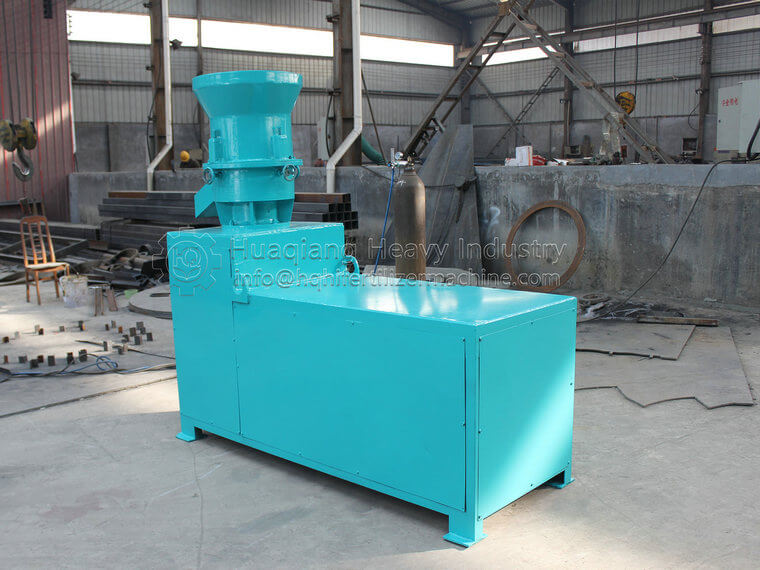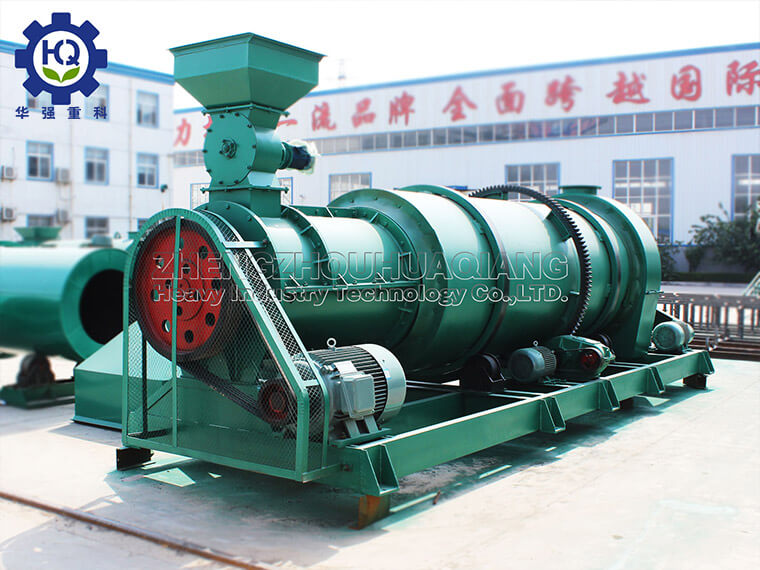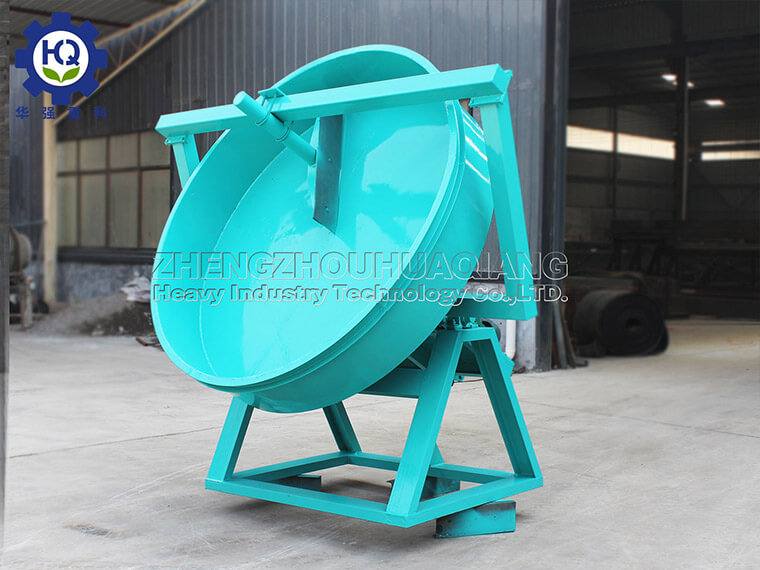Among various granulation equipment, the flat die granulator occupies an important position in the production process of many industries with its unique advantages, providing strong support for the efficient production and high-quality product output of enterprises.
The outstanding advantage of the flat die granulator is first reflected in its excellent particle quality. Through the tight fit between the flat mold and the pressure roller, the material is extruded into the mold hole under uniform pressure. This process produces particles with high density, solid texture, regular shape, and uniform size. Whether used for feed production, ensure the palatability and balanced absorption of nutrients during animal feeding; It is still applied in fertilizer manufacturing to ensure that fertilizers release nutrients slowly and steadily in the soil. High quality particles can significantly enhance the product’s effectiveness and market competitiveness.
This device has a wide range of material adaptability. Both biomass materials with high fiber content, such as sawdust and straw, can be processed smoothly into pellet fuel in a flat mold granulator after appropriate treatment, achieving the resource utilization of waste; Whether it is feed materials rich in protein, starch, or various chemical materials, the flat mold granulator can adjust the process parameters according to the characteristics of different materials to achieve good granulation effects and meet diverse production needs.
The flat die granulator performs excellently in terms of production efficiency. Its flat die structure design ensures smooth and efficient material filling and extrusion processes, with multiple pressure rollers working simultaneously to process large amounts of material in a short period of time, achieving continuous and stable production. Compared to some traditional granulation equipment, the flat die granulator greatly shortens the production cycle, increases the output per unit time, and provides the possibility for large-scale production in enterprises.
In terms of energy consumption, flat die granulators also have significant advantages. Reasonable mechanical transmission design and optimized working principle enable the equipment to effectively reduce energy loss during operation and complete granulation tasks with lower energy consumption. This not only helps enterprises save production costs, but also conforms to the development trend of energy conservation and environmental protection in today’s society.
In addition, the operation and maintenance of the flat mold granulator are relatively simple. The concise and clear operating interface and easy to understand control system enable operators to quickly get started. At the same time, the structural layout of the equipment is reasonable, and the key components are easy to disassemble and maintain, reducing the downtime of the equipment and improving its service life.
The flat die granulator has become an ideal choice for many enterprises in granulation production due to its high-quality particle output, wide adaptability to raw materials, efficient production capacity, low energy consumption, and convenient operation and maintenance, which effectively promotes the sustainable development of related industries.







